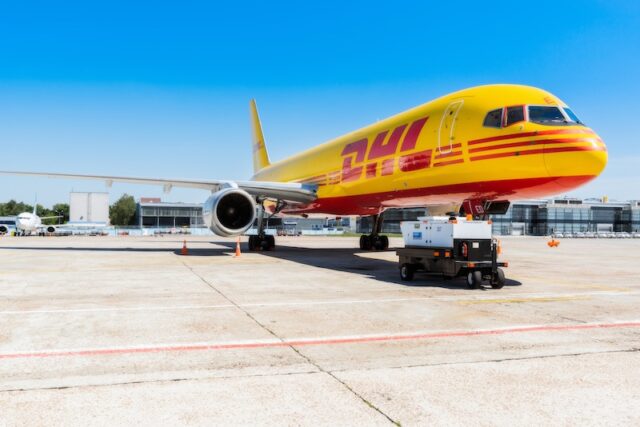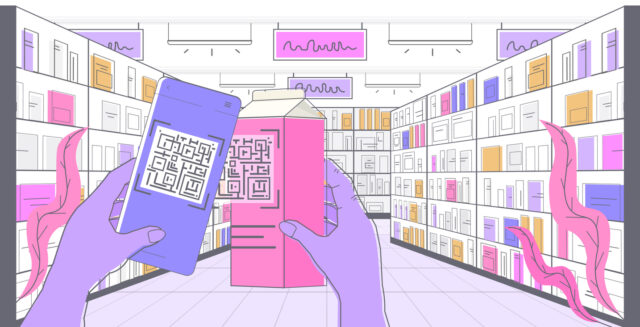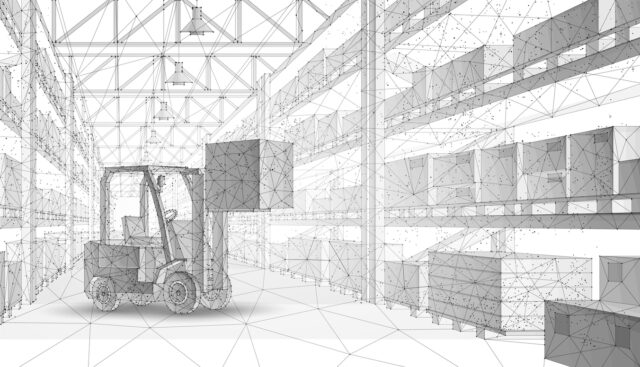Food supply chains around the world are facing an array of challenges, even as the legacy of COVID-19 fades. Geopolitical disruptions are creating delays and increased shipping costs. At the same time, inflation and the rising cost of living have put pressures on supply chains to combat cost.
Above all, of course, the worsening effects of the climate crisis continue to create supply chain instability. Nowehre is this happening more so than in the food and agriculture sector. According to the EPA, “climate change is very likely to affect food security at the global, regional, and local level. Climate change can disrupt food availability, reduce access to food, and affect food quality.” Changes in rainfall, humidity, temperature, and other cyclical weather patterns (as well as the increasing regularity of extreme weather events) have the potential to “result in reduced agricultural productivity.”
Global food supply chains are under threat
This increasing instability in global crop yields is already threatening the availability of crops around the world.
Last year, in India, tomato prices surged by over 300%. This is thanks to climate change-related flooding in major tomato-producing Indian states like Andhra Pradesh, Maharashtra, and Karnataka.
2023 was also the worst year for grapes in over 30 years. Droughts and wildfires in South America and an overabundance of rain in Europe slashed yields in some of the world’s largest grape-producing mountries, according to estimates by the International Organization of Vine and Wine (OIV).
Potatoes are also severely threatened by climate change if we continue at our current trajectory. Data suggests that global potato yields could fall by between 18% and 32% within the next 45 years.
Food insecurity in Europe could be closer than we think
In their current configurations, European and UK food supply chains are vulnerable to the worsening effects of the climate crisis. A little less than half of the food on plates in the UK is produced domestically, according to the British Government’s 2021 food security report. Despite relatively strong domestic production, the report stresses that the UK is reliant upon “diverse and longstanding trade links” in order to “meet consumer demand for a range of products at all times of the year.”
Other countries in Europe also rely on imported goods to guarantee year-round supplies of fruit and vegetable produce. These supply chain links are especially vulnerable to climate change disruption. For example, just under 40% of Germany’s fresh fruit and vegetable imports come from developing countries. These are areas of the world being disproportionately affected by climate change and experiencing much more severe food insecurity. Climate change-related food insecurity could cause civil unrest in countries like the UK within the next few decades. Other nations in Europe are likely to be similarly affected, unless the region reevaluates its approach to agricultural procurement.
Interestingly, not only is the process already underway somewhat organically, but a widespread shift in the way that Europe sources its produce could remove some strain on other regions whose food insecurity is at least partially linked to exports, like India.
Pressures on global supply chains were expected to abate along with the effects of the pandemic. However, it seems as though the year (and decade) ahead will be defined by a near-constant state of disruption. The climate crisis is only expected to exacerbate this increasingly unstable state of affairs.
As a result, many governments and companies (across multiple industries) began the process in late 2023 of nearshoring (or friend-shoring, in more political cases) their supply chains.
Shorter supply chains and a return to seasonal food
By moving closer to home, organisations reduce the risk of disruption to their procurement process. This is the case whether the goods moving through the value chain are silicon semiconductor chips or corn tortilla chips.
This phenomenon was already present in Europe pre-pandemic. A report released in 2016 by the European Parliament found that shorter food supply chains where “farmers sell their produce directly to consumers or with a minimum of intermediaries,” were flourishing across the EU, both in rural and urban areas. These shorter, localised food supply chains, the report’s authors hoped, could “represent an alternative to conventional longer food chains.”
Now, this trend is expected to accelerate further under pressure of mounting supply chain disruptions. This shift away from extended, complex supply chains “where any one of a multitude of moving parts could give retailers a pricing headache” has a price, however. According to Carlos Cordon, a professor of strategy and supply chain management at the IMD, this shift “militates against all-year-round availability.”
Cordon believes that 2024 could be the first year when European consumers “find themselves transported back to a time when out-of-season goods were not available from their local stores.” Retailers throughout Europe may not be able (or willing) to source goods from the other side of the world.
As a result, Europe’s food supply chains could get significantly shorter. This would increase their stability, but at the expense of the availability of out-of-season produce.
There could also be major benefits from a sustainability perspecive. Food transport has been estimated to account for one-third of the sector’s greenhouse gas emissions. As an added bonus, this reemphasis on seasonality could be the key to reducing carbon emissions and food waste while addressing food insecurity.
- Risk & Resilience
- Sourcing & Procurement










